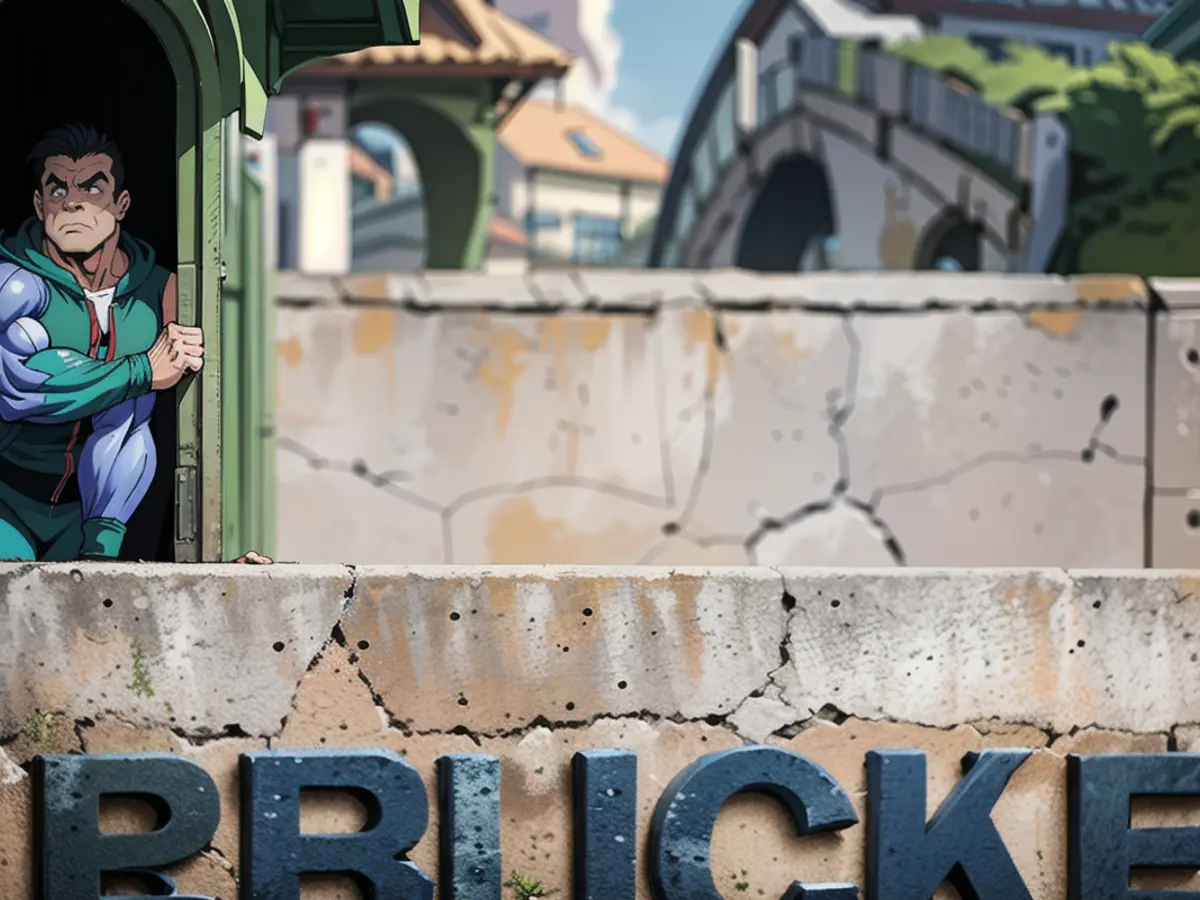Creative expressions through various mediums - The Brücke-Museum retains possession of Kirchner's artwork.
The Berlin Bridge Museum is set to keep a key piece by Ernst Ludwig Kirchner (1880-1938). It was announced by the museum, cultural authorities, and the heirs on Tuesday that a "fair and just agreement" had been reached.
The Kirchner painting "Erich Heckel and Otto Mueller playing chess," made in 1913, will stay put at the museum and feature in the "Biographies of Modernity. Collectors and their Works." exhibition from September. The retention was made possible through financial help from the federal government, Berlin, state cultural foundations, and the Ernst von Siemens Art Foundation.
The art dealer Victor Wallerstein left Germany for Italy in 1936 to escape the Nazis. In Italy, he faced more persecution from both German and Italian forces, leading him to sell some of his artworks, such as the Kirchner painting. He was eventually arrested by the SS and died in July 1944. The painting made its way to the Bridge Museum in 1973 after being traded.
Read also:
- Historically, some of Kirchner's art pieces, including those in 'Berlin's Brücke-Museum', have been subject to controversies due to 'looted art' during 'National Socialism' in Germany.
- The restitution of looted art has been a significant topic in recent years, with museums around the world returning artworks to their rightful owners or heirs.
- Controversies surrounding looted art in 'Museums' have led to a renewed interest in 'history', seeking to rectify past injustices and promote transparency.
- New exhibitions at 'Museums' often highlight the importance of 'art' history and the challenges faced by artists and collectors before and during periods of political turmoil, such as the era of 'Ernst Ludwig Kirchner'.
- 'Exhibitions' dedicated to the restitution of looted art have helped promote understanding and encouragement for 'Germany' and other countries to continue the process of acknowledging and returning artworks to their rightful owners, thereby promoting historical and cultural reconciliation.








